Home>Home Appliances>Home Automation Appliances>How To Lock Google Home Hub
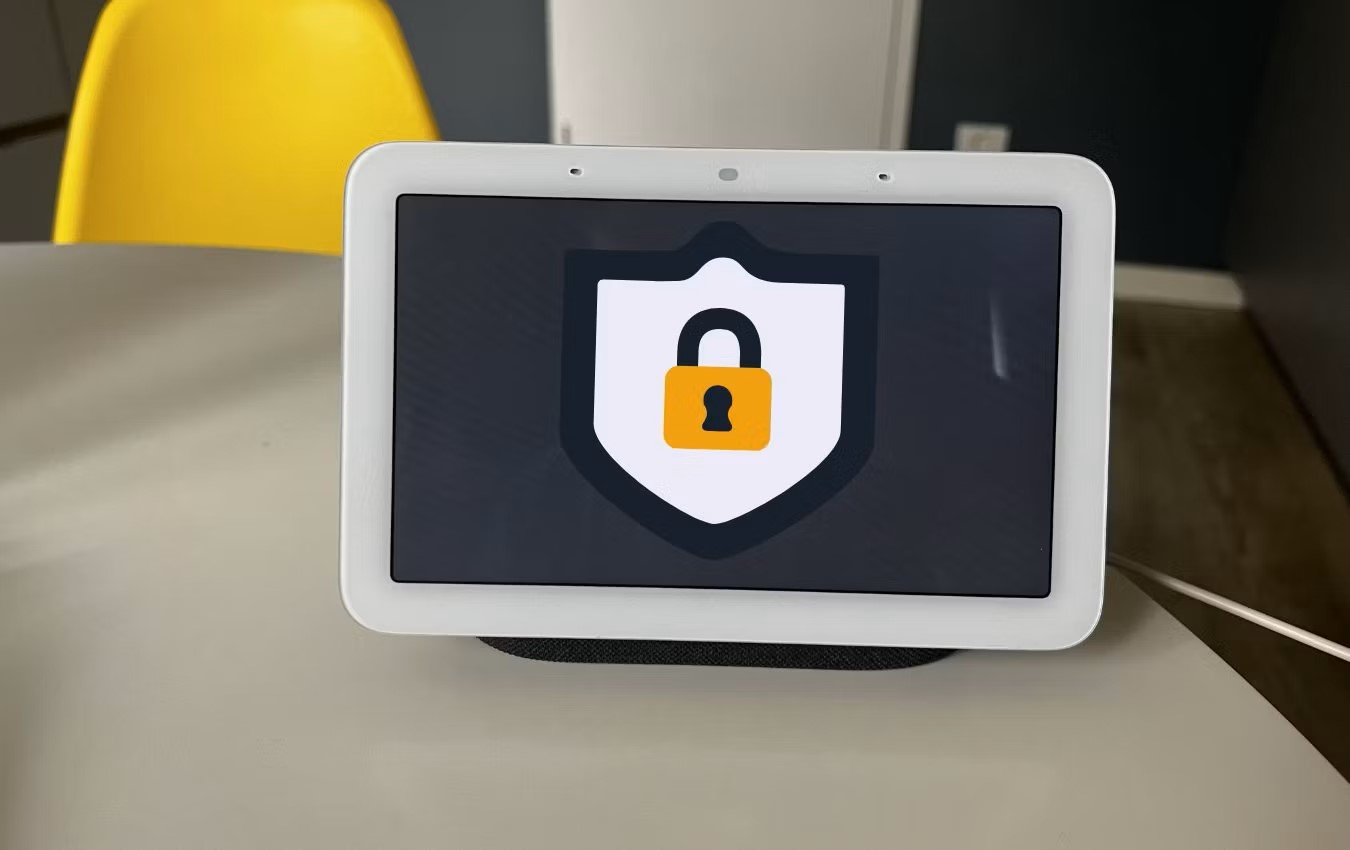

Home Automation Appliances
How To Lock Google Home Hub
Modified: January 3, 2024
Learn how to lock your Google Home Hub for added security and privacy. Get expert tips on home automation appliances to keep your smart home safe and secure.
(Many of the links in this article redirect to a specific reviewed product. Your purchase of these products through affiliate links helps to generate commission for Storables.com, at no extra cost. Learn more)
Introduction
Welcome to the world of smart home technology, where convenience meets innovation. Google Home Hub is a versatile device that seamlessly integrates into your daily life, providing a wide array of functionalities, from managing your schedule to controlling smart home devices. With its interactive display and voice command capabilities, Google Home Hub offers a hands-free and intuitive way to interact with your home automation appliances.
As with any connected device, security is paramount to safeguard your privacy and protect your personal data. In this comprehensive guide, we will delve into the essential steps to lock down your Google Home Hub, ensuring that it remains secure and accessible only to authorized users. By implementing these measures, you can enjoy the benefits of smart home technology with the peace of mind that your privacy and security are prioritized.
Let's embark on this journey to fortify the security of your Google Home Hub, empowering you to make the most of its features while maintaining control over who can access its capabilities. Whether you are a tech enthusiast or new to the realm of smart home devices, this guide will equip you with the knowledge to enhance the security of your Google Home Hub, making it a reliable and trusted companion in your connected home ecosystem.
Key Takeaways:
- Secure your Google Home Hub by setting up a strong Wi-Fi network, enabling screen lock, and using Voice Match for personalized security.
- Guest Mode allows temporary access for visitors while keeping your personal data and settings secure on your Google Home Hub.
Read more: What Is A Google Home Hub
Step 1: Set up a Secure Wi-Fi Network
Before diving into the specific security features of your Google Home Hub, it is crucial to establish a secure foundation by ensuring the integrity of your Wi-Fi network. A robust and well-protected Wi-Fi network forms the cornerstone of your smart home ecosystem, serving as the conduit through which your Google Home Hub communicates with other devices and the internet.
Here are essential steps to fortify your Wi-Fi network:
- Change the Default Network Name (SSID): The default network name assigned by your internet service provider may reveal the router model or other identifiable information. Changing the SSID to a unique and non-descriptive name adds an extra layer of security by making it harder for potential intruders to discern the type of router you are using.
- Implement WPA2 or WPA3 Encryption: Encryption is vital for securing the data transmitted between your Google Home Hub and the Wi-Fi router. Ensure that your Wi-Fi network is configured to use WPA2 or WPA3 encryption, which provides robust protection against unauthorized access and eavesdropping.
- Enable Network Firewall: Many modern routers include built-in firewalls that help filter incoming and outgoing traffic, adding an extra barrier against potential security threats. Check your router settings and enable the firewall to bolster your network’s defenses.
- Regularly Update Router Firmware: Routinely updating your router’s firmware is crucial for patching security vulnerabilities and ensuring optimal performance. Keep an eye on firmware updates released by the router manufacturer and promptly apply them to keep your network protected.
- Utilize Guest Network Feature: To enhance security further, consider setting up a separate guest network for visitors. This isolates their devices from your primary network, preventing unauthorized access to sensitive data and devices within your smart home ecosystem.
By implementing these measures, you lay a solid groundwork for the security of your Google Home Hub, creating a resilient Wi-Fi environment that forms the backbone of your smart home network. With a secure Wi-Fi network in place, you can proceed to implement additional security measures to fortify the accessibility and privacy of your Google Home Hub.
Step 2: Enable Screen Lock
Securing the display of your Google Home Hub is essential to prevent unauthorized access and protect sensitive information that may be visible on the screen. By enabling the screen lock feature, you can ensure that only authorized users can interact with the device physically, adding an extra layer of security to your smart home setup.
Here’s how to enable screen lock on your Google Home Hub:
- Access Device Settings: Begin by accessing the settings menu on your Google Home Hub. You can do this by tapping on the “Settings” app on the home screen or using voice commands to navigate to the settings menu.
- Navigate to Display Settings: Within the settings menu, locate the “Display” or “Screen” settings option. This is where you can configure the display-related preferences for your Google Home Hub.
- Enable Screen Lock: Look for the option to enable screen lock or screen timeout settings. Depending on the specific interface and software version, you may find options to set a specific duration for the screen to lock after inactivity or to require a PIN or pattern to unlock the screen.
- Set Screen Lock Preferences: Once you have located the screen lock settings, choose the preferred method of screen lock, such as a PIN, pattern, or password. Follow the on-screen prompts to set up the screen lock according to your security preferences.
By enabling screen lock on your Google Home Hub, you add a crucial safeguard against unauthorized access. In the event that the device is left unattended, the screen lock feature ensures that only individuals with the authorized credentials can interact with the device physically, mitigating the risk of unauthorized tampering or access to sensitive information displayed on the screen.
With screen lock enabled, you can confidently utilize your Google Home Hub, knowing that its display is protected from prying eyes and unauthorized manipulation. This proactive measure contributes to the overall security posture of your smart home environment, fostering a safe and trusted interaction with your Google Home Hub.
To lock your Google Home Hub, go to the Google Home app, select the device, and tap on the settings icon. Then, scroll down and choose “Device security” to set up a lock screen code.
Step 3: Set up Voice Match
Voice Match is a powerful feature that enhances the security and personalization of your Google Home Hub by enabling voice recognition for individual users. By setting up Voice Match, you can ensure that only authorized users can access personalized information and perform specific actions using their voice commands, adding a layer of security and tailored user experience to the device.
Here’s how to set up Voice Match on your Google Home Hub:
- Access Voice Match Settings: Begin by accessing the settings menu on your Google Home Hub. You can do this by tapping on the “Settings” app on the home screen or using voice commands to navigate to the settings menu.
- Locate Voice Match Option: Within the settings menu, look for the “Voice Match” or “Voice Recognition” option. This is where you can configure the voice recognition and personalized user settings for your Google Home Hub.
- Set Up Voice Match: Follow the on-screen prompts to set up Voice Match for individual users. This typically involves speaking specific phrases or commands to train the device to recognize the unique voice patterns and characteristics of each user.
- Verify Voice Match: After setting up Voice Match, perform a verification process to ensure the accuracy and reliability of the voice recognition. This may involve speaking specific commands or phrases to confirm that the device accurately identifies the authorized user’s voice.
Once Voice Match is successfully set up, your Google Home Hub can distinguish between different users based on their voice, providing personalized responses and access to individualized information such as calendar events, reminders, and tailored recommendations. This not only enhances the user experience but also strengthens the security of the device by restricting access to personalized content based on voice authentication.
By leveraging the Voice Match feature, you can customize the interactions with your Google Home Hub while reinforcing its security measures. Each user’s voice becomes a unique authentication factor, ensuring that the device responds and provides access to personalized data only to the intended users, thereby enhancing the overall privacy and security of your smart home experience.
Step 4: Use Guest Mode
Guest Mode offers a convenient and secure way to grant temporary access to your Google Home Hub for visitors without compromising your personal data or settings. By enabling Guest Mode, you can ensure that guests can interact with the device for specific tasks or queries without accessing your personalized information or linked accounts, maintaining the privacy and security of your smart home environment.
Here’s how to enable Guest Mode on your Google Home Hub:
- Access Device Settings: Begin by accessing the settings menu on your Google Home Hub. You can do this by tapping on the “Settings” app on the home screen or using voice commands to navigate to the settings menu.
- Navigate to Guest Mode Settings: Within the settings menu, locate the “Guest Mode” or “Visitor Access” option. This is where you can configure the settings related to granting temporary access to guests or visitors.
- Enable Guest Mode: Look for the option to enable Guest Mode and follow the on-screen prompts to activate this feature. You may have the option to set a duration for Guest Mode, specifying the period during which the device will allow temporary access for guests.
- Communicate Guest Mode Setup: Inform your guests about the availability of Guest Mode on your Google Home Hub and provide them with instructions on how to access it. This may involve sharing a unique code or using voice commands to activate Guest Mode during their visit.
Once Guest Mode is enabled, visitors can interact with your Google Home Hub for specific tasks or queries without accessing your personalized information or linked accounts. This ensures that your privacy and security settings remain intact while offering a seamless and tailored experience for your guests.
By leveraging the Guest Mode feature, you can extend the functionality of your Google Home Hub to accommodate visitors while safeguarding your personal data and settings. Guest Mode exemplifies the balance between convenience and security, allowing you to share the benefits of your smart home technology with guests while maintaining control over the privacy and security of your personal interactions with the device.
Read more: How To Reset A Google Home Hub
Conclusion
Congratulations! By following the comprehensive steps outlined in this guide, you have fortified the security of your Google Home Hub, ensuring that it remains a trusted and secure centerpiece of your smart home ecosystem. From establishing a secure Wi-Fi network to implementing personalized voice recognition and guest access controls, you have taken proactive measures to safeguard your privacy and enhance the overall security posture of your smart home environment.
As you continue to explore the boundless capabilities of your Google Home Hub, remember that security is an ongoing journey. Stay informed about the latest security updates and best practices, and regularly review and adjust your device settings to align with your evolving security requirements.
By prioritizing security and leveraging the advanced features of your Google Home Hub, you can confidently embrace the convenience and innovation of smart home technology while maintaining control over who can access and interact with your connected devices. Your commitment to security sets the stage for a seamless and trusted smart home experience, where privacy and convenience harmoniously coexist.
Embrace the possibilities, enjoy the convenience, and rest assured that your Google Home Hub is fortified with the protective measures necessary to keep your smart home secure. With each new enhancement and feature, your smart home environment becomes a reflection of your commitment to privacy, security, and personalized interactions.
As you embark on this journey, may your smart home be a sanctuary of innovation, convenience, and security, where the harmony of technology and privacy creates a truly enriching experience for you and your loved ones.
Frequently Asked Questions about How To Lock Google Home Hub
Was this page helpful?
At Storables.com, we guarantee accurate and reliable information. Our content, validated by Expert Board Contributors, is crafted following stringent Editorial Policies. We're committed to providing you with well-researched, expert-backed insights for all your informational needs.
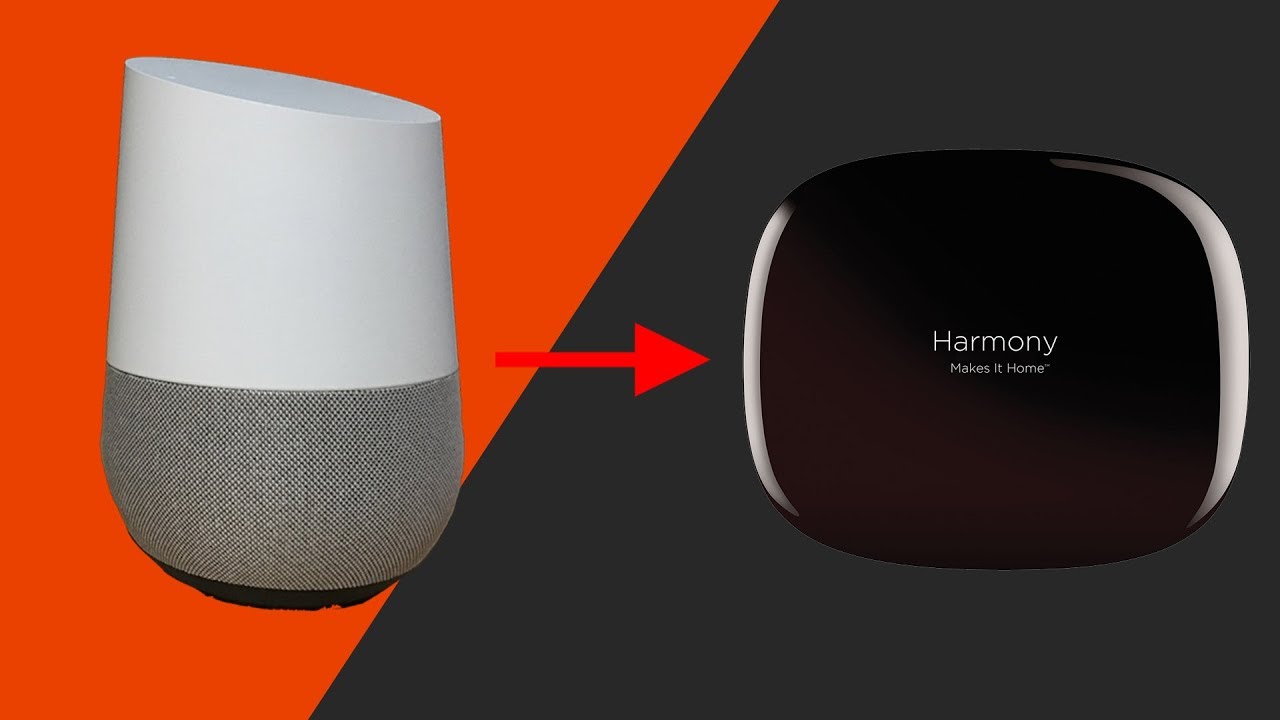
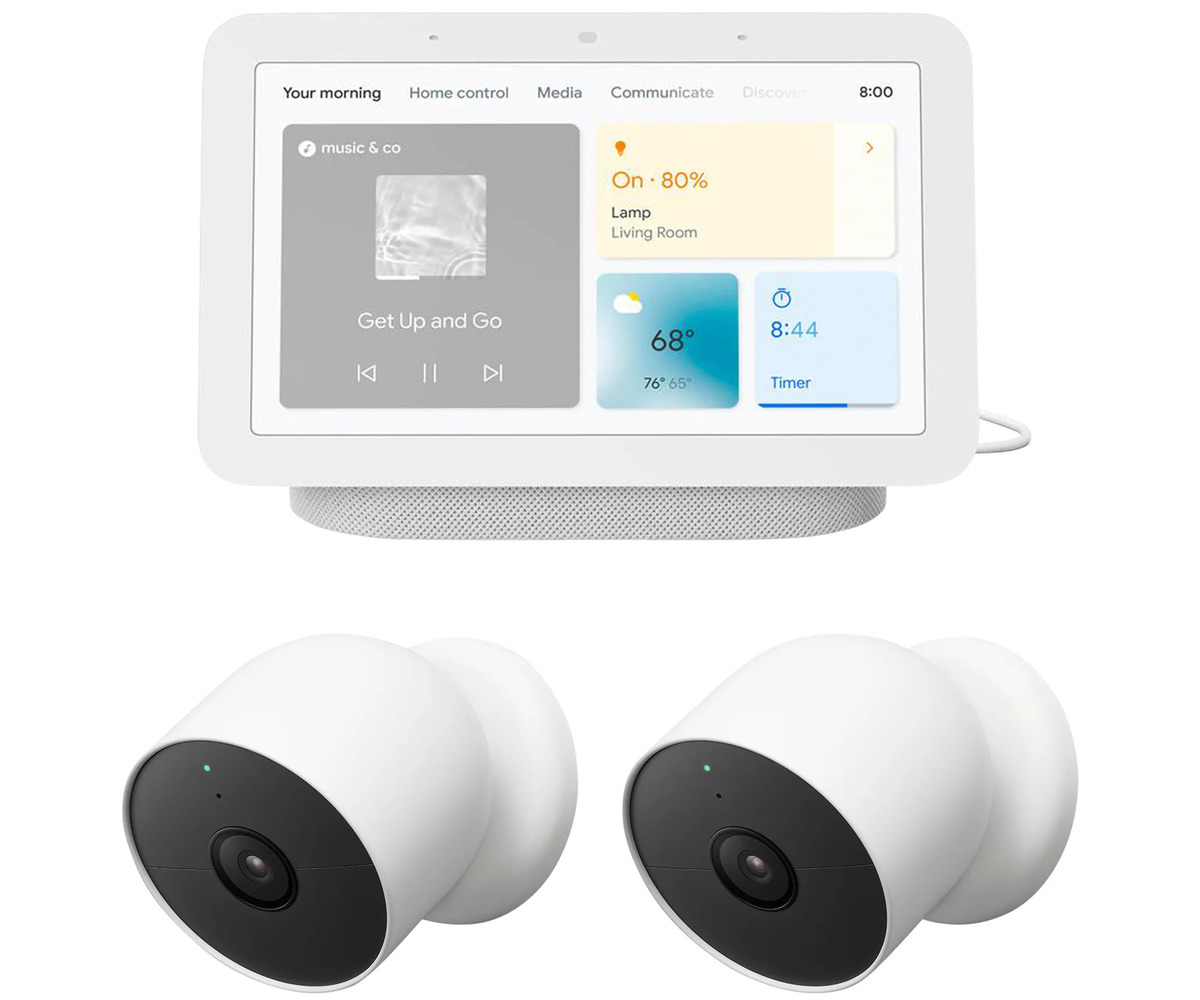
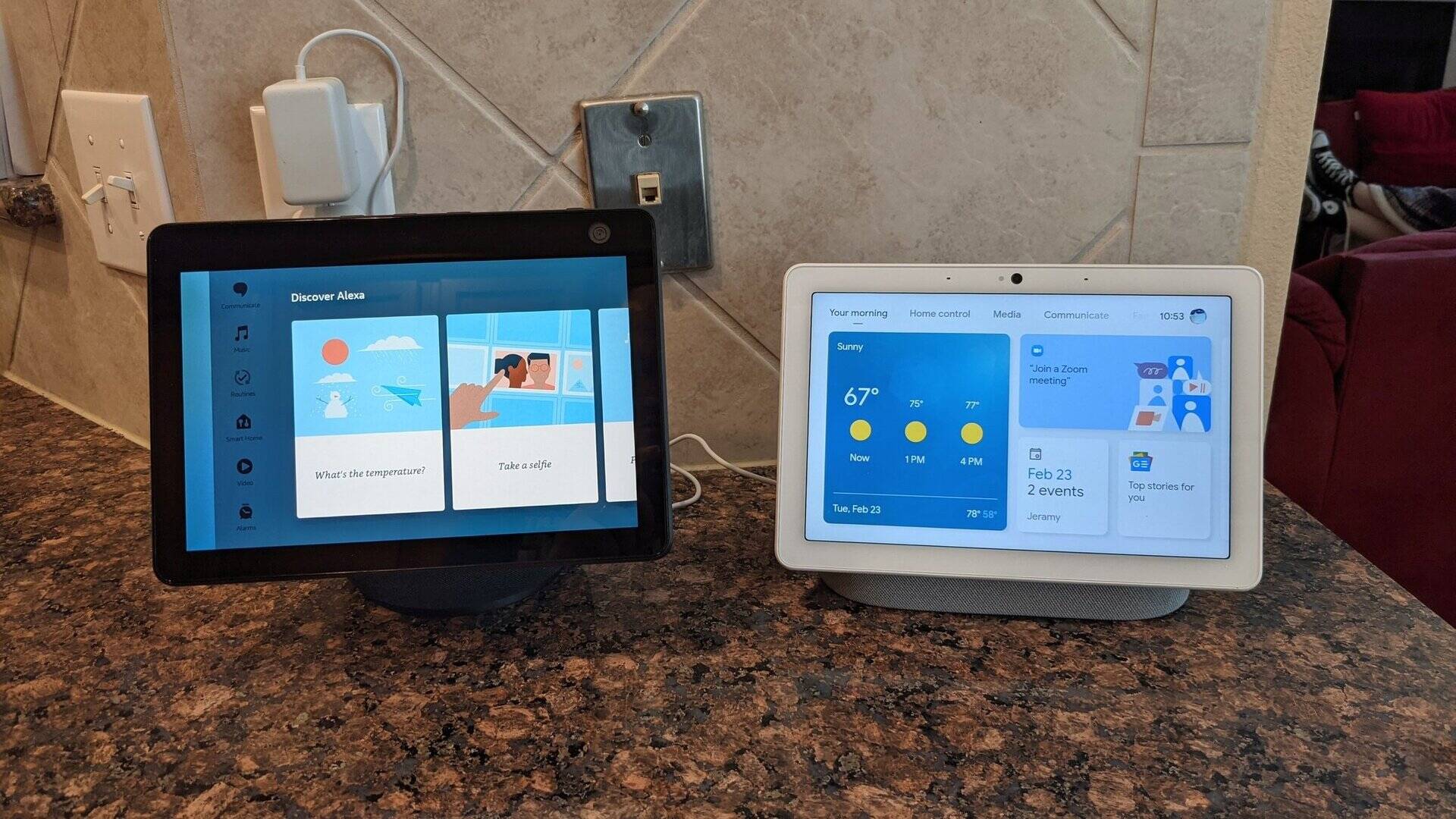
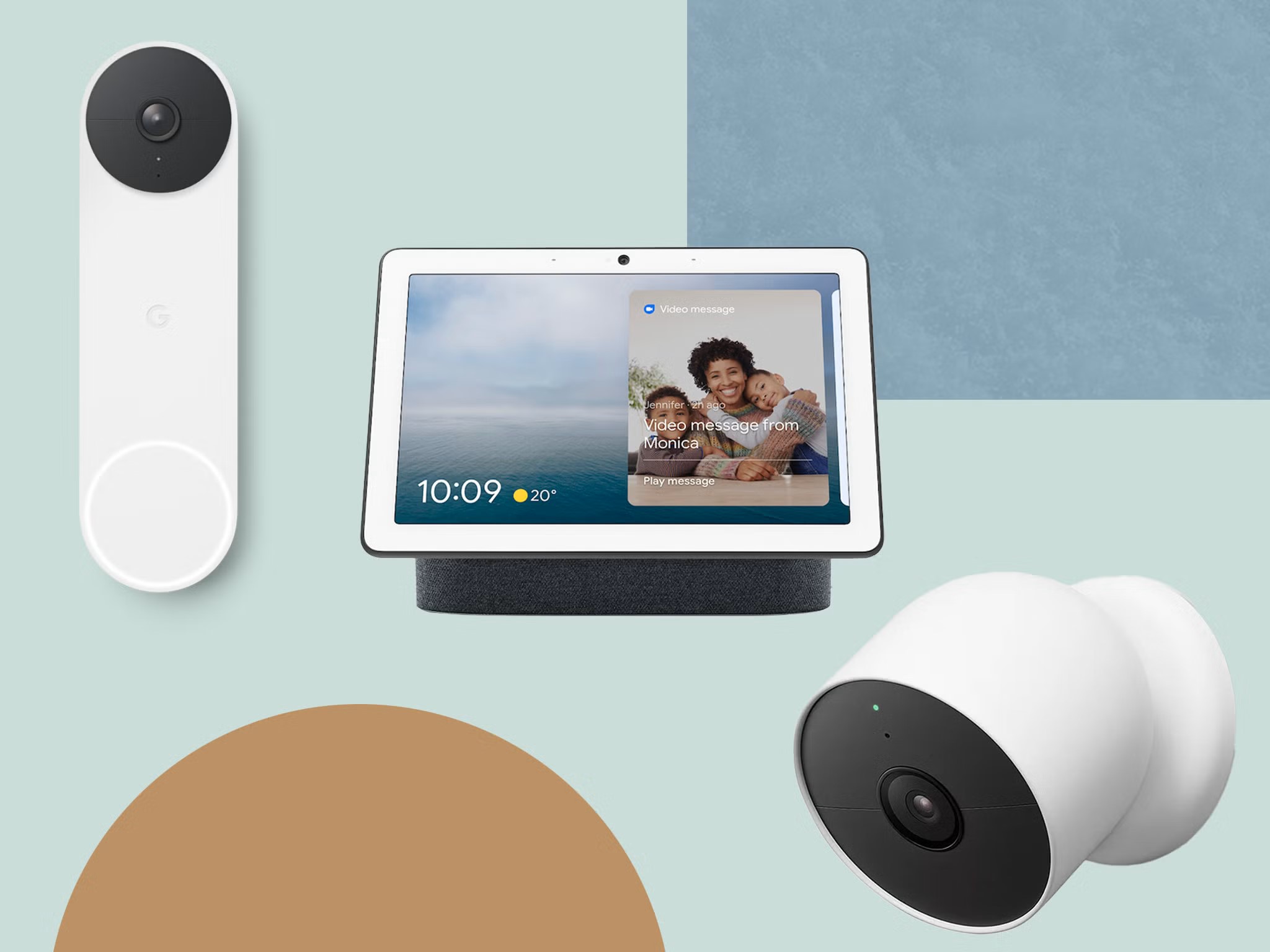
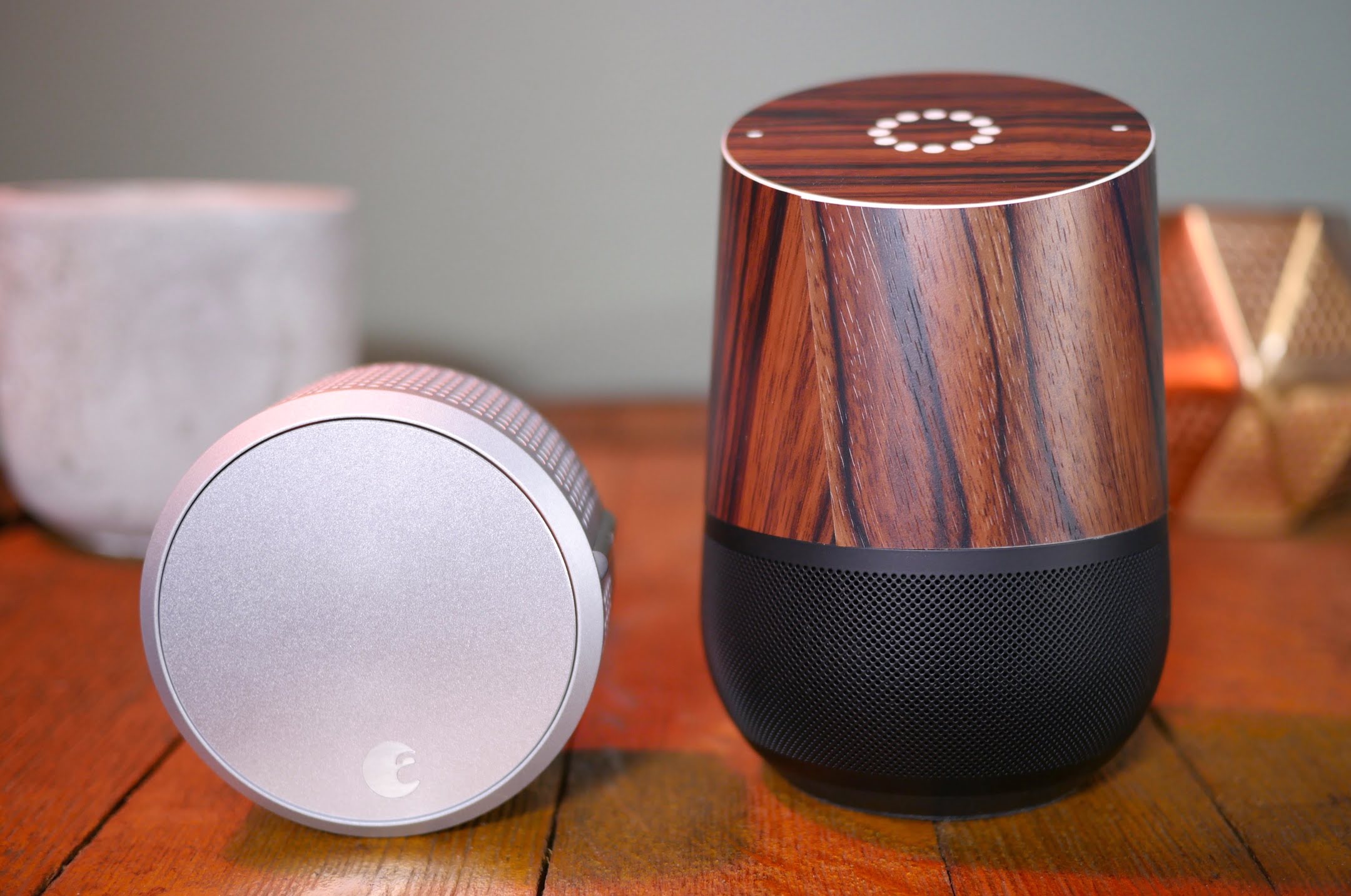
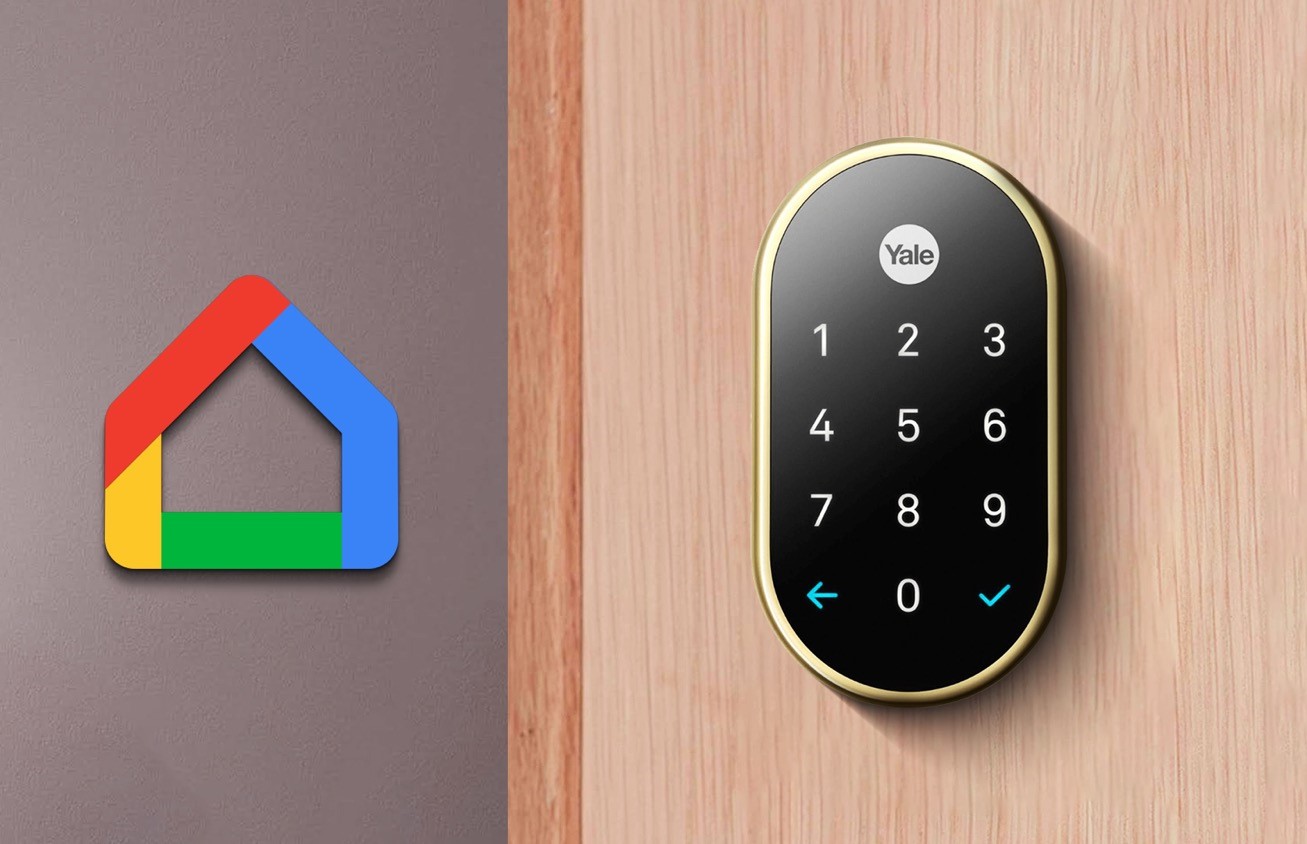
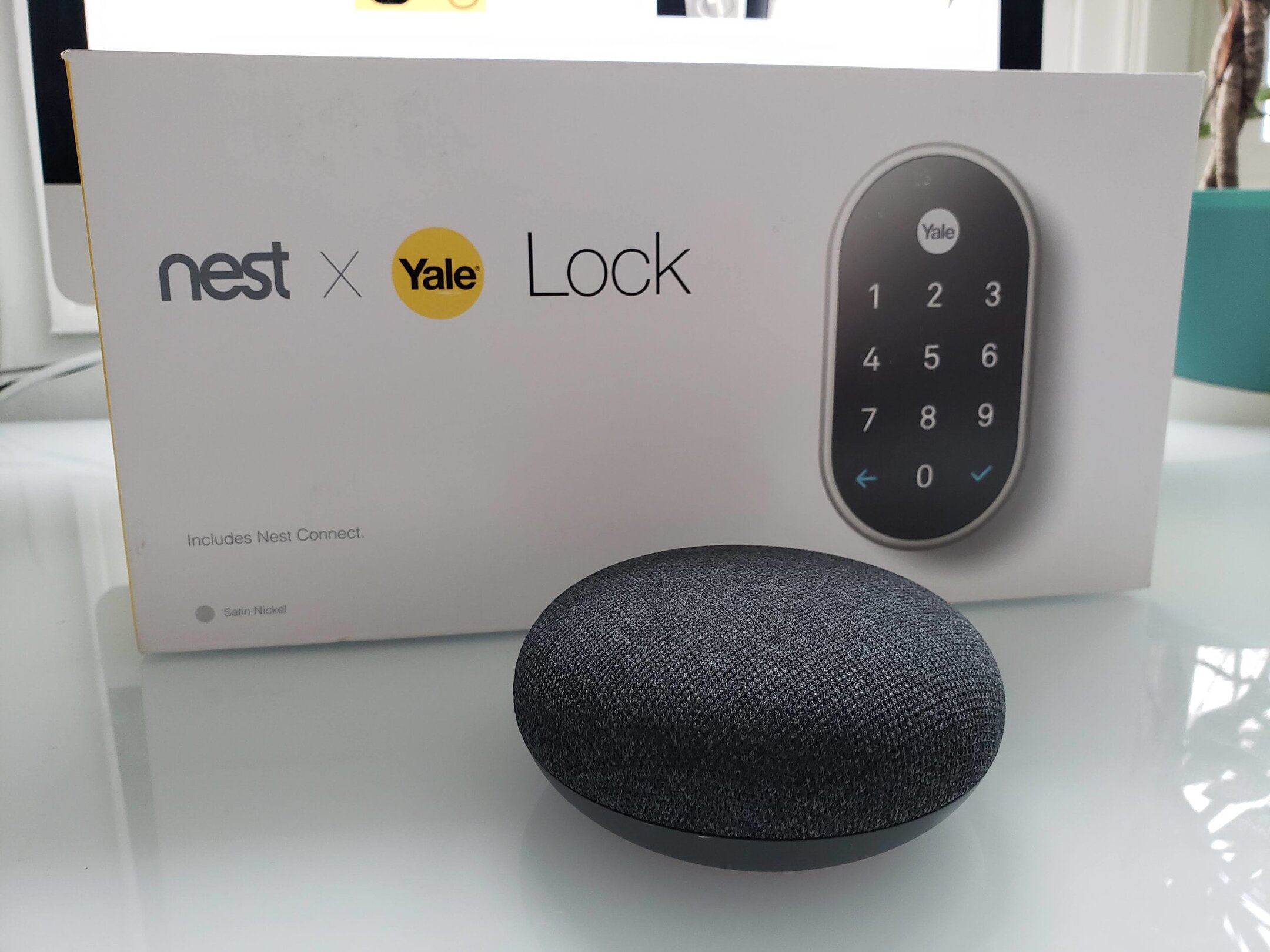
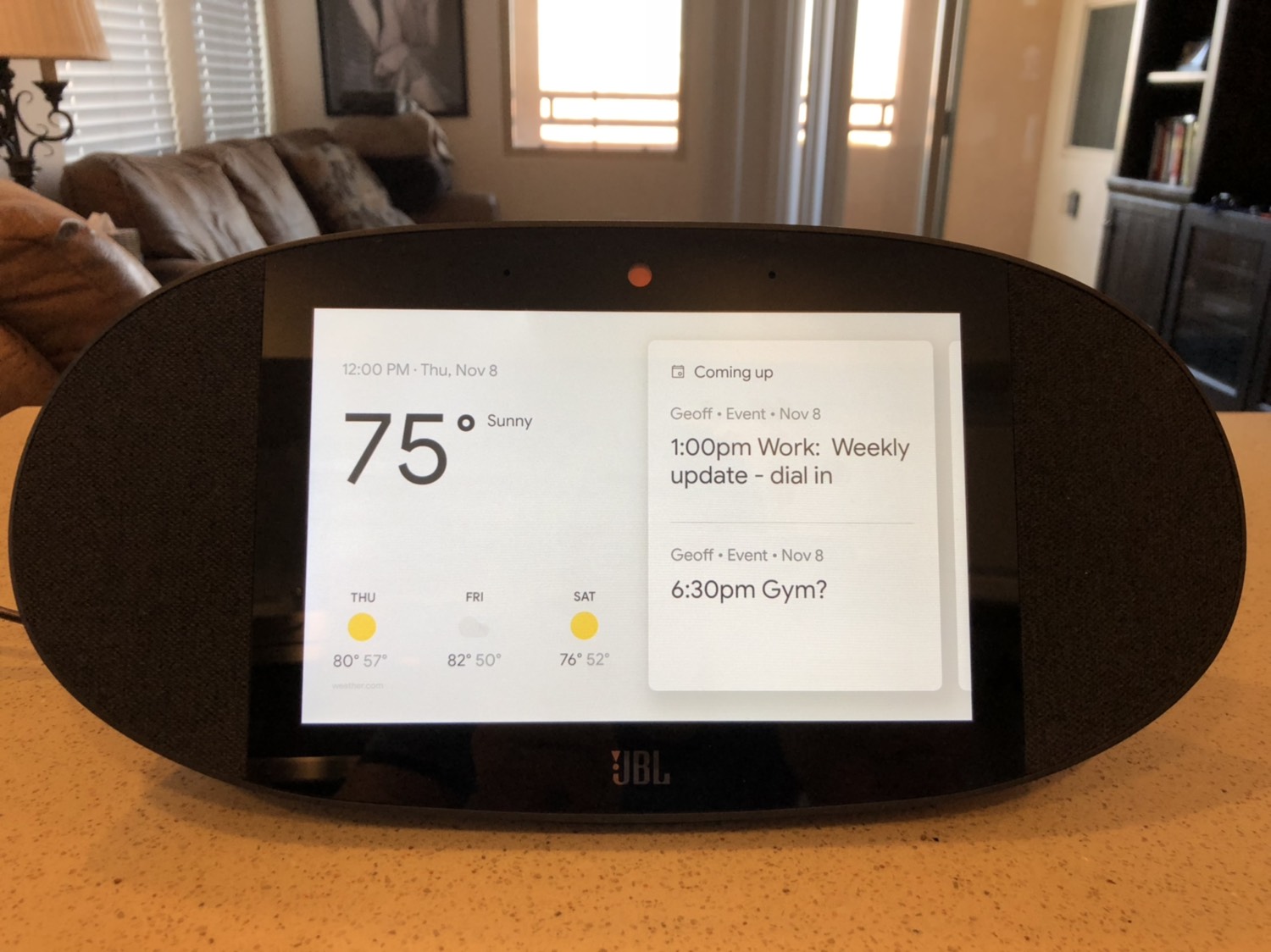
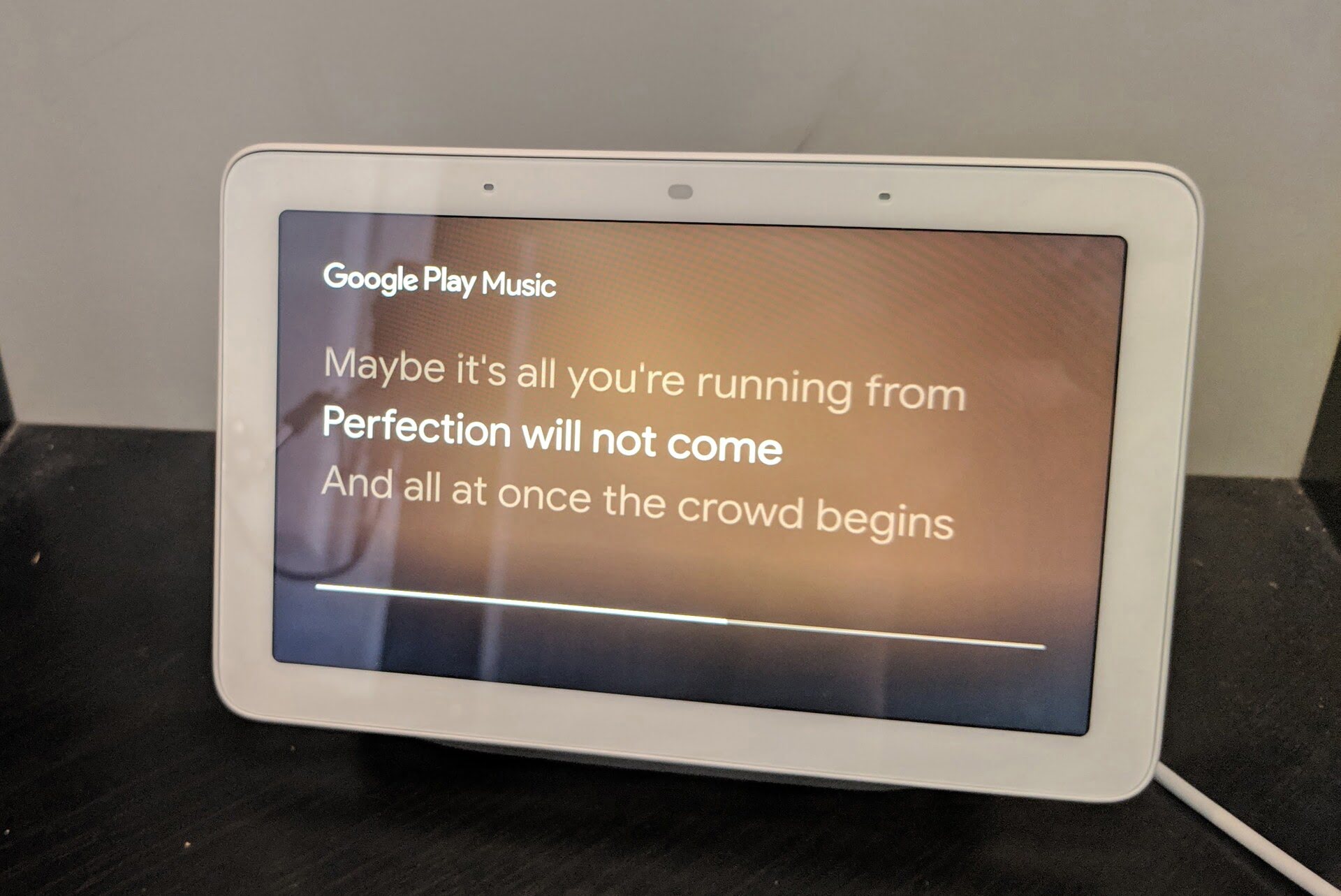
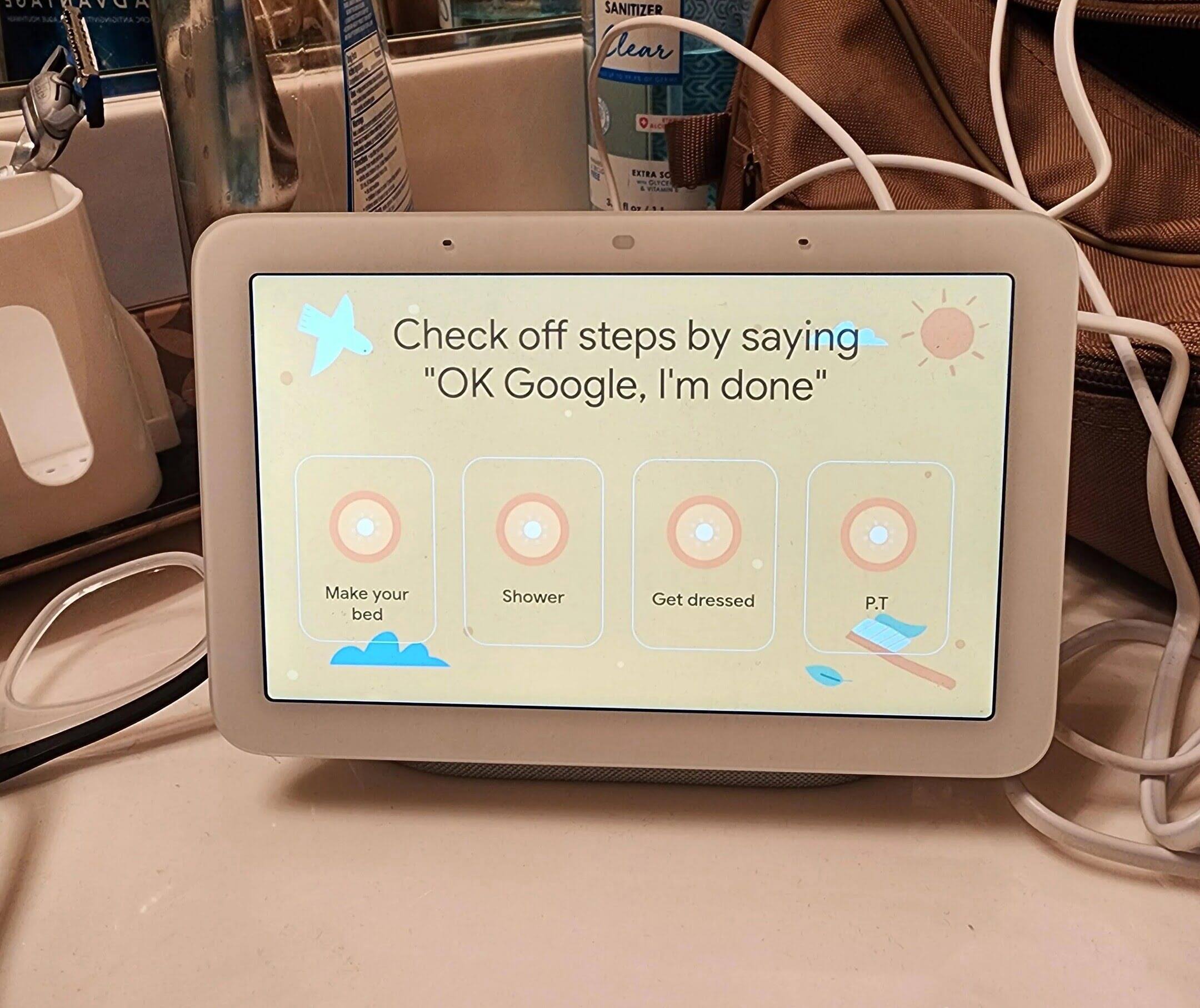
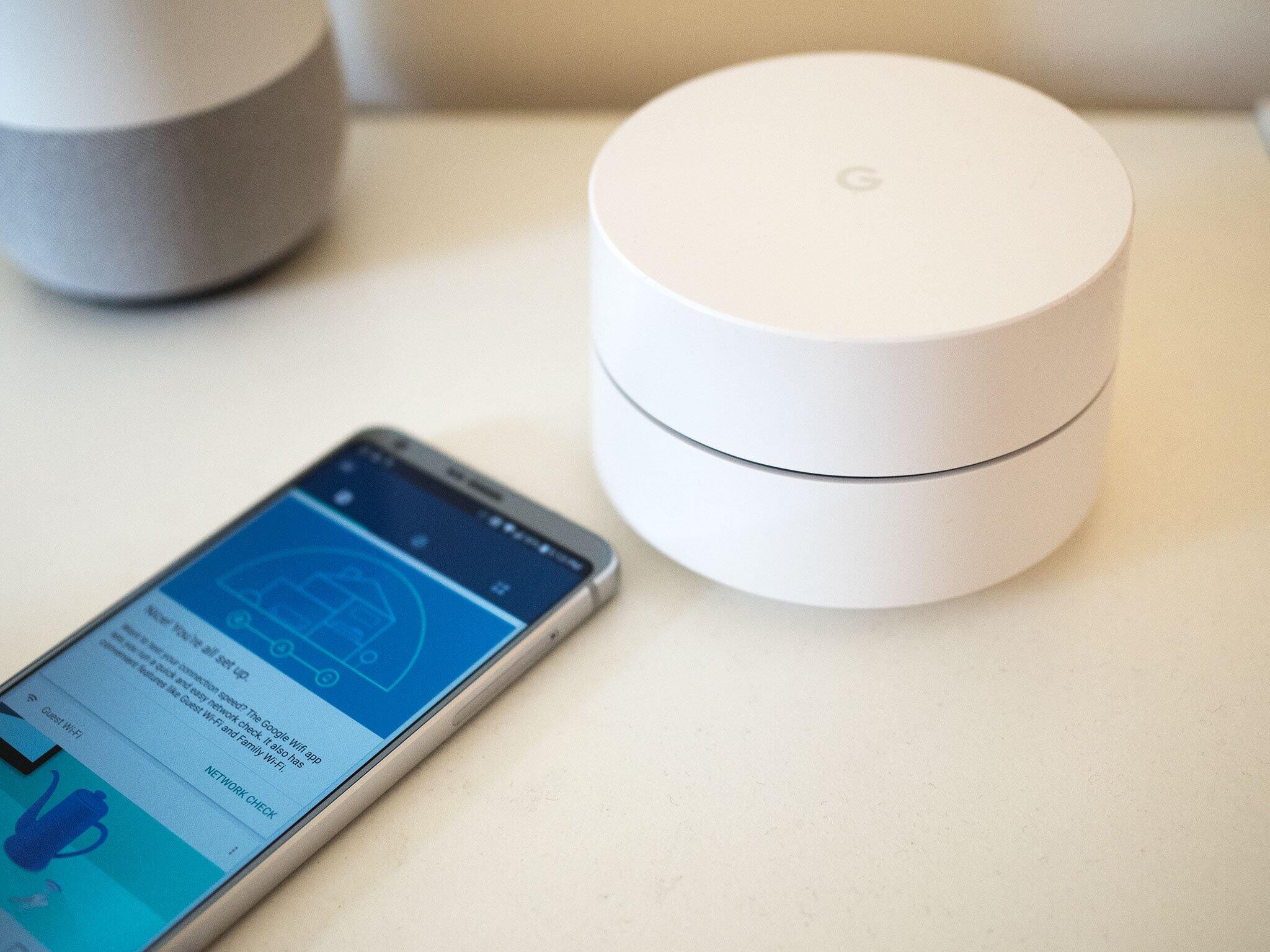

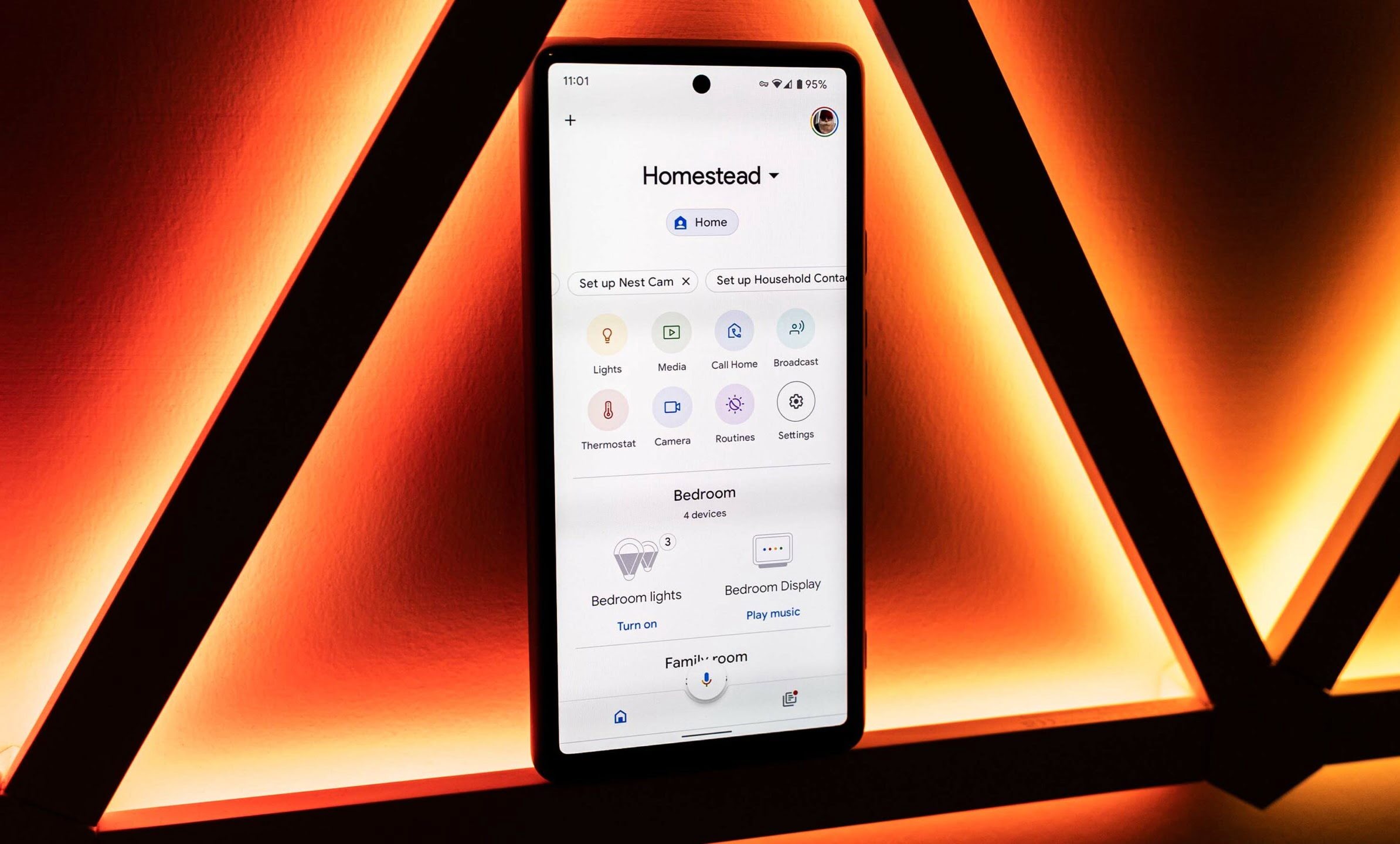
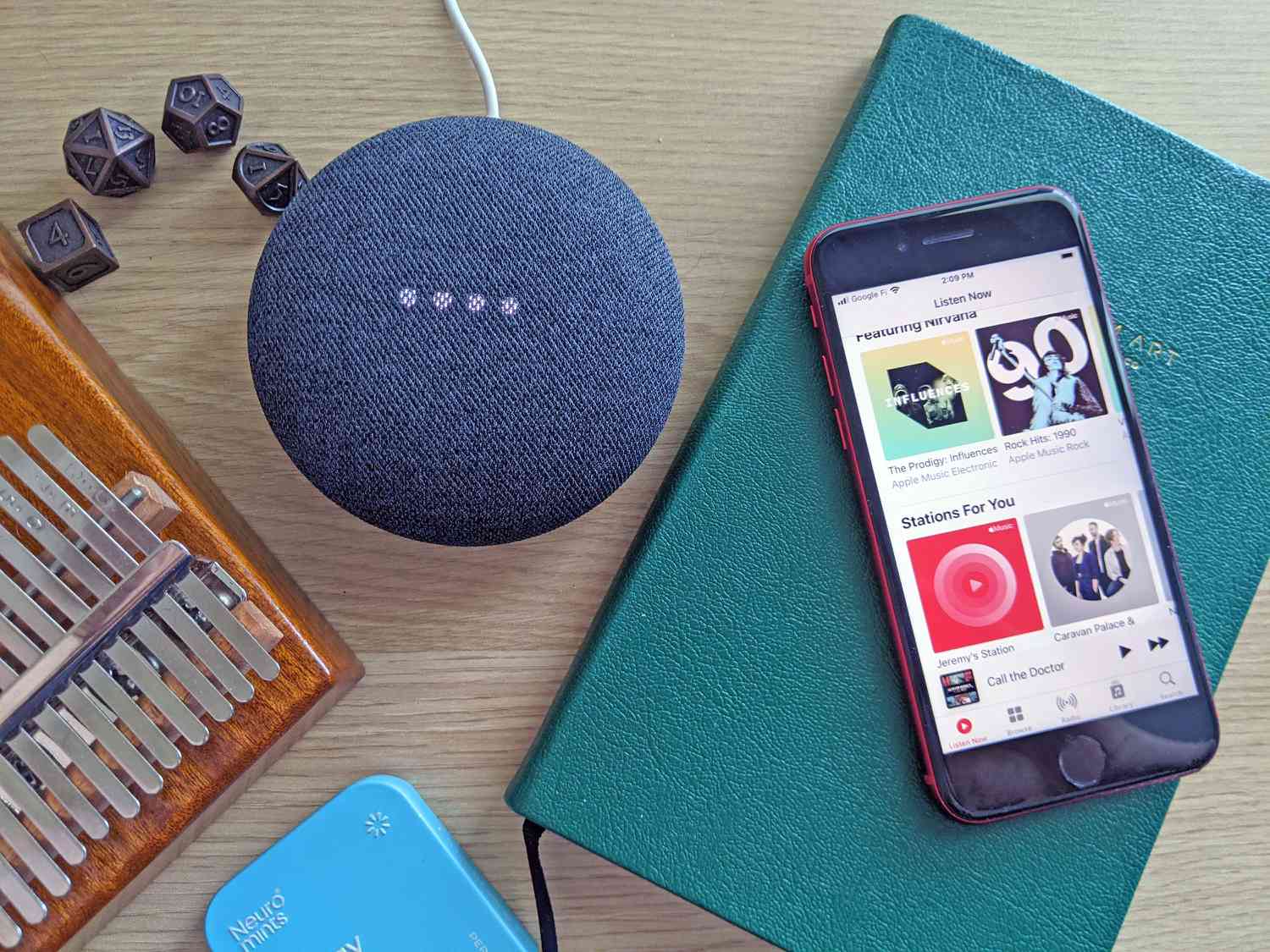

0 thoughts on “How To Lock Google Home Hub”